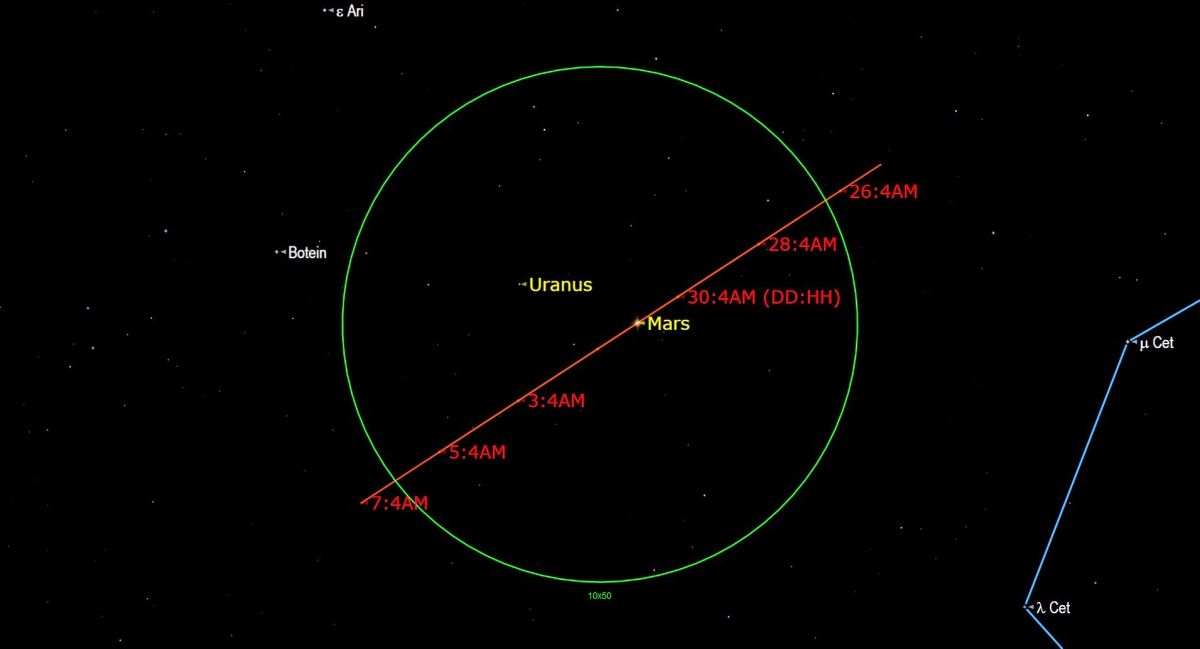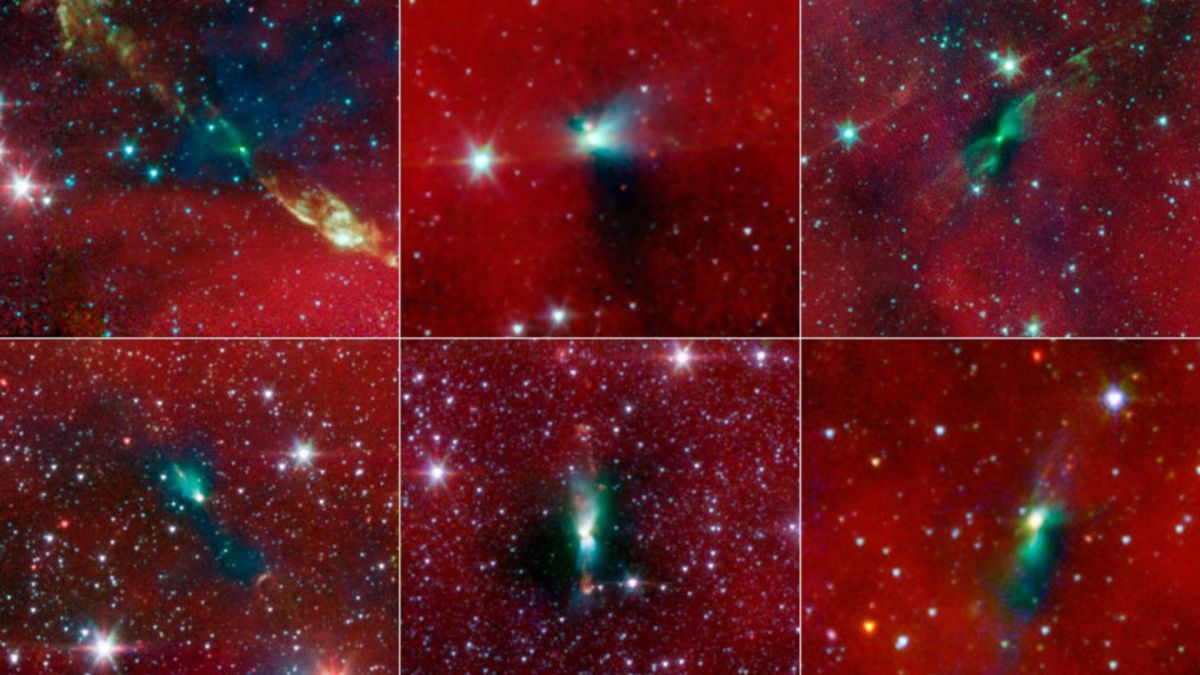The full moon can be a stunning sight in the night sky, but did you know it can dance? A new time-lapse video from astrophotographer Andrew McCarthy has shown just that, the full moon appearing to dance around in the sky during one entire year. There’s no tricks involved, just the moon wobbling in its orbit around the Earth, McCarthy wrote on Reddit (opens in new tab), where he shared the video as an animation on July 24. “The perceived wobble of the moon is called ‘libration’ and is the…
Read MoreMonth: July 2022
In photos: Astronaut Samantha Cristoforetti takes Europe’s historic 1st female spacewalk
(Image credit: ESA) Cristoforetti, seen here beaming in her Orlan spacesuit cooling garment, conveyed her thanks to all the support teams in a Twitter message on July 28, 2022. “Just two words: THANK YOU! Thank you all in Europe, Moscow, Houston and @Space_Station,” she wrote. “Thanks for working to make this possible, thanks for the training, the planning, the real-time support, the videos and pictures, the trust and the encouragement. It was a dream come true.”
Read MoreSee China’s huge uncontrolled rocket debris fall from space in fiery skywatcher videos
A huge Chinese rocket fell back to Earth this weekend in a dazzling (if fiery) display as it broke apart during reentry as it plunged from space over the Indian Ocean. The rocket, a 25-ton booster for China’s most powerful rocket the Long March 5B, reentered Earth’s atmosphere Saturday (July 30) after launching the country’s new Wentian module to its Tiangong space station on July 24. Some stargazers managed to capture videos of the massive rocket’s reentry and shared them on social media. Related: The biggest spacecraft to fall uncontrolled from…
Read More25-ton Chinese rocket debris crashes to Earth over Indian Ocean
A big piece of Chinese space junk has crashed back to Earth. The 25-ton (22.5 metric tons) core stage of a Long March 5B rocket reentered Earth’s atmosphere over the Indian Ocean this afternoon (July 30), ending its brief but controversial orbital stay. “#USSPACECOM can confirm the People’s Republic of China (PRC) Long March 5B (CZ-5B) reentered over the Indian Ocean at approx 10:45 am MDT [12:45 p.m. EDT; 1645 GMT] on 7/30,” the U.S. Space Command announced via Twitter today (opens in new tab). “We refer you to the…
Read MoreNASA Administrator Statement on Chinese Space Debris
NASA Administrator Statement on Chinese Space Debris
Read MoreThin Red Lines: Webb Space Telescope Captures Star Creation on Grand Scale
New imagery from the James Webb Space Telescope shows a nearby galaxy in a whole new light. The post Thin Red Lines: Webb Space Telescope Captures Star Creation on Grand Scale appeared first on Sky & Telescope.
Read MoreNASA’s ‘Moonikin’ mannequin boards Orion spacecraft for Artemis 1 moon mission
NASA has completed the next steps in the Artemis 1 mission — installing the data-gathering mannequin Commander Moonikin Campos inside the Orion spacecraft that will launch to the moon atop a brand-new megarocket. In a tweet posted on July 27, NASA’s Exploration Ground Systems team announced that Campos has been successfully installed into the Orion Capsule — which is atop the Space Launch System (SLS) rocket for the Artemis 1 mission around the moon. Liftoff is currently targeted for Aug. 29. Moonkin Campos — named after Arturo Campus, an electrical…
Read MoreUse Mars to spot elusive Uranus on Sunday
Turn your attention to the southeastern sky during the early hours on Sunday (July 31) to see Mars approach Uranus. The duo will be close enough to share the same field of view as seen with binoculars or a low-magnification telescope, as illustrated by the green circle in the image above. “Starting on Sunday, July 31, the eastward orbital motion of the bright red planet Mars (red path with labeled date:time) will carry it towards Uranus from the right (or celestial west),” wrote astronomer Chris Vaughan of Astrogeo.ca (opens in…
Read MoreTwo skyscraper-size asteroids are barreling toward Earth this weekend
Two skyscraper-size asteroids are zooming toward Earth this weekend, with one making its closest approach on Friday (July 29) and the second whizzing by on Saturday (July 30). The first asteroid, dubbed 2016 CZ31, will fly by around 7 p.m. ET (23:00 GMT) on Friday, whizzing at an estimated 34,560 mph (55,618 km/h, according to NASA (opens in new tab). Astronomers estimate that the asteroid measures about 400 feet (122 meters) across at its widest point, making it about as wide as a 40-story building is tall. The asteroid will…
Read MoreAstronomers witness the rare break up of a star couple
Astronomers have witnessed a rare and important life event in the evolution of binary star couplings for the first time. The team discovered a tight binary star surrounded by an expanding shell of material. This shell is matter is leftover from a stage in the stars’ evolution called the common envelope phase. This phase occurs when material from one star swells out and engulfs the other in a cosmic ’embrace.’ This results in a mass transfer from the swelled star to its companion that can run out of control. The…
Read More




